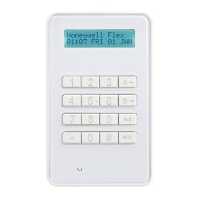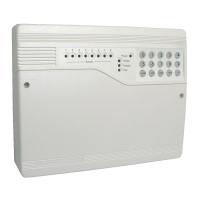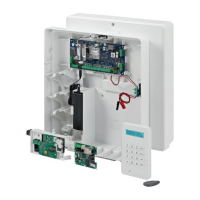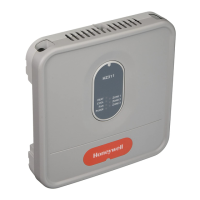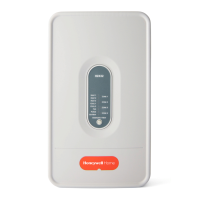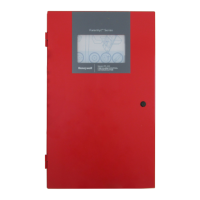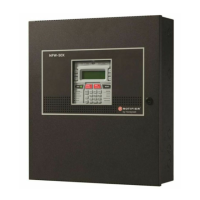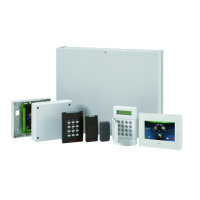OMNI-408/OMNI-408EU Installation and Setup Guide
A-2
3X1 w/o Paritiy 3X1 w/Parity
123 3 (1st round) 123 3 6 (single round)
123 3 (2nd round) 123 3 (resulting data)
123 3 (resulting data)
4X1 w/o Parity 4X1 w/Parity
1234 3 (1st round) 1234 3 2 (single round)
1234 3 (2nd round) 1234 3 (resulting data)
1234 3 (resulting data)
NOTE: Parity is a number derived automatically by the dialer utilizing a mathematical formula
(modulo 15). For example: 123 3 adds up to 9. This is subtracted from the next highest multiple of 15;
in this case, 15 - 9 = 6. If the CS receiver accepts a valid parity digit, it considers the data transmission
valid, delivers a “kissoff,” and processes the data. The parity digit is not displayed. Its only purpose is
for validation of data transmitted. It is not a programmable digit; it is generated automatically by the
dialer when the parity option is selected in Programming Question 06, Location 2. The obvious
advantage of using parity is speed. The transmission time between dialer and receiver is shorter
because fewer digits are transmitted with it as opposed to without it.
Extended (3X1 Ext. or 4X1 Ext.)
The Extended Reporting Format: AAA EZ or AAAA EZ
Where:
AAAA = 3- or 4-digit account number (Programming Questions 05 and 06)
E = Single-digit Event code; it is the first of the 2 programmable Reporting code digits
Z = Zone or user identifier; it is the second of the 2 programmable Reporting code digits
Extended format is transmitted in Pulse and involves a 3- or 4-digit account number followed by a
double-digit reporting code. The only purpose for using the Extended format (sometimes known as
Universal or Expanded format) is to be able to transmit more than 15 codes to the CS receiver. It does
this by extending the Event code from the previous round of data, resulting in a 2-digit reporting code.
It can be transmitted with parity (2 rounds of data) or without parity (4 rounds of data). There are 15
possible event codes, each of which can have 15 different zone or user identifiers. As a result, a total of
225 individual events can be reported. Examples:
3X1 Ext. w/o Parity 3X1 Ext. w/Parity
123 3 (1st round) 123 3 (2nd round) 123 3 6 (1st round)
333 1 (3rd round) 333 1 (4th round) 333 1 5 (2nd round)
123 31 (resulting data) Burglary Zone 1 123 31 (resulting data) Burglary Zone 1
4X1 Ext. w/o Parity 4X1 Ext. w/Parity
1234 3 (1st round) 1234 3 (2nd round) 1234 3 2 (1st round)
3333 1 (3rd round) 3333 1 (4th round) 3333 1 2 (2nd round)
1234 31 (resulting data ) Burglary Zone 1 1234 31 (resulting data) Burglary Zone 1
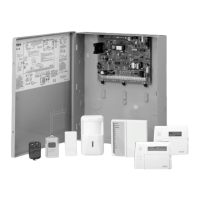
